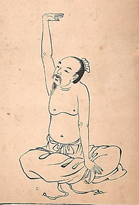Qigong
We practice five qigong: Yi Jing Jin , Ba Duan Jin , 5 animals of Wudang , Buddha dharma and 24 energy
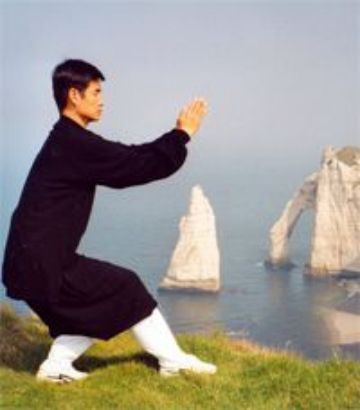
The term "Qi-Gong" refers to the set of exercises designed to nourish, strengthen and control the correct circulation of our Qi (internal vital energy) through the vast network of "jing luo" (meridians in traditional Chinese medicine), linked to the organs and all the systems of the human body.
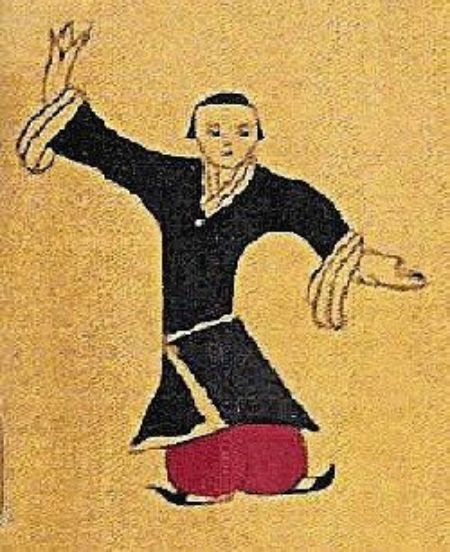
"Qi" is generally translated as "energy", "vital energy", "vital breaths" ... "Gong" (the same character as in "Gong fu") means "work" in the sense of any kind of work or study requiring a great deal of time, application, regularity, perseverance and assiduity for its learning, perfecting and mastery.
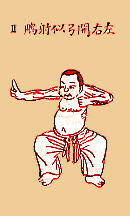
The regular practice of Qi-Gong exercises leads to the improvement and maintenance of overall health: with a revitalizing action on the physical, organic and muscular body... It increases our vitality and resistance, develops our physical strength, eliminates tension, loosens up our joints, improves postural statics, coordination in our gestures and also a relaxing and soothing action on the mind, on the spirit, which remains active and concentrated.

Finally, learning and practising Qi-Gong exercises on a regular basis helps us to rediscover body-mind unity. For Qi is the life force, the flow of primordial energy that circulates and takes shape in all living things, from the infinitely small to the infinitely large.
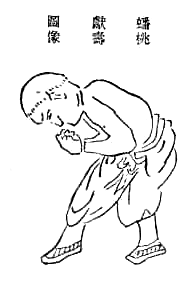
The term "Qi-Gong" has been closely associated with medicine from its earliest beginnings, with its roots in ancient China and going back to ancient Taoist and Buddhist traditions. In traditional medicine, Qi-Gong is used for therapeutic purposes, with patients practicing specific exercises or the doctor using his or her own energy to heal (Fa Gong = energy emission). In the martial arts, Qi-Gong is part of daily training to nourish internal Qi, control its circulation and then use it for defensive or offensive purposes.
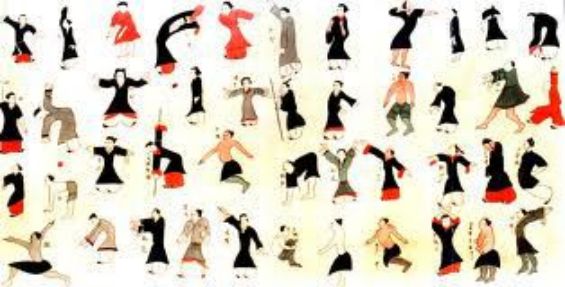
Qi-gong differs from other types of physical exercise in that its practice is based on a balanced combination of three essential elements
- regulation of the mind (Tiao Xin),
- regulation of the breath (Tiao Xi),
- regulation of the body (Tiao Xing) and movements.
The effectiveness of any Qi-Gong exercise lies in the synchronization and correct adjustment of these three elements. Natural relaxation and soothing, concentration, intention and visualization, unification of energy, perseverance and patience are all necessary for the practitioner to adjust his or her thinking, posture and breathing in such a way as to act on the whole organism.
